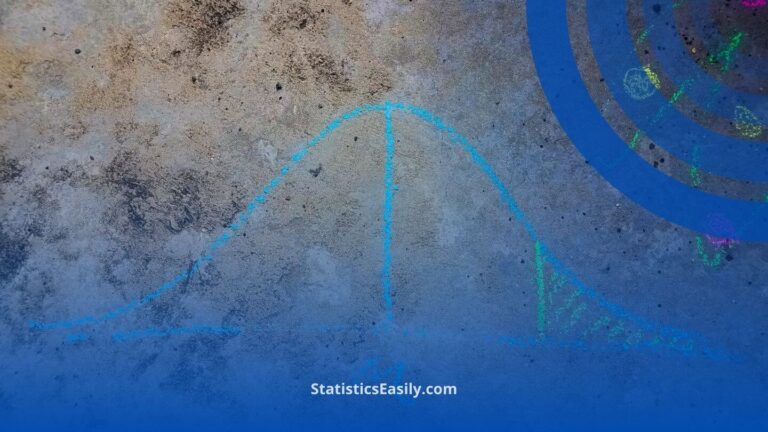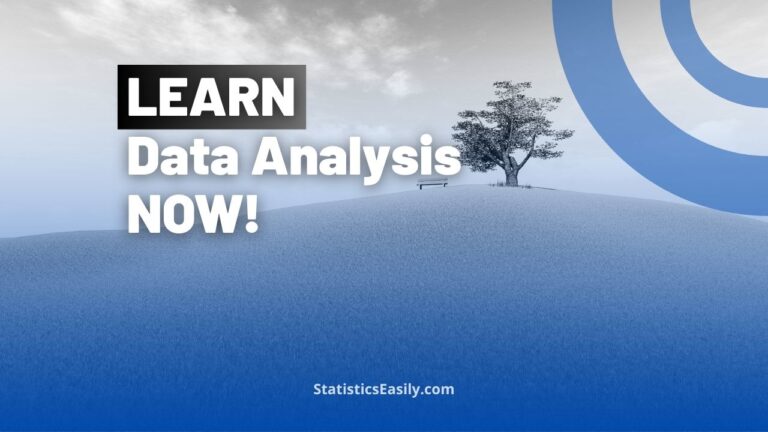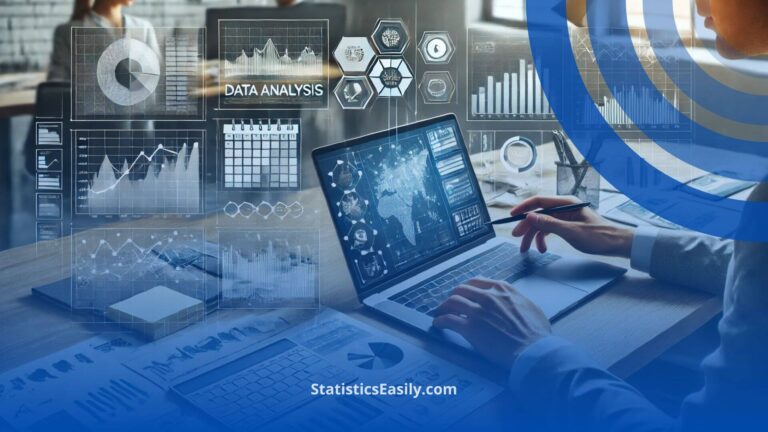Descriptive Statistics and Inferential Statistics: Simplifying Data Analysis
In data analysis, two fundamental concepts form the backbone of how we interpret and make predictions from data: Descriptive Statistics and Inferential Statistics. Both play pivotal roles, yet they serve distinct purposes. This article aims to demystify these terms and elucidate their importance in data-driven decision-making.
Descriptive Statistics: The What and the How
Descriptive Statistics are the tools that allow us to summarize and describe the features of a dataset quantitatively. Beyond just numbers, they also use graphs and tables to visually represent and organize data, making it easier to understand and communicate its essential characteristics. Imagine you have a dataset representing the test scores of a class. Descriptive statistics will provide you with an overview through the average score (mean), the spread of the scores (standard deviation), and the median score but also enable you to visualize this information through histograms, pie charts, or box plots. These methods give us a comprehensive data snapshot, helping us understand its essential characteristics without making further assumptions or predictions.
Inferential Statistics: Beyond the Data
While Descriptive Statistics help us grasp what’s in front of us, Inferential Statistics enable us to leap beyond the immediate data. Using techniques from this branch, we can make predictions or inferences about a population based on a sample. For instance, if we wanted to estimate the average test score of all classes in a school based on one class, we’d use inferential statistics. This involves probability distributions, hypothesis testing, confidence intervals, and more, allowing us to make educated guesses about large populations from smaller samples.
Bridging the Two
The beauty of statistics lies in its ability to take the tangible (descriptive) and extend it into the realm of the possible (inferential). Descriptive statistics provide the language to describe our data. In contrast, inferential statistics offer the tools to make predictions and decisions based on that data. Both are crucial in research, business analytics, policy-making, and whenever data-driven choices are required.
Ad Title
Ad description. Lorem ipsum dolor sit amet, consectetur adipiscing elit.
Frequently Asked Questions (FAQs)
Q1: What are the critical differences between Descriptive and Inferential Statistics? Descriptive Statistics focuses on summarizing and describing the characteristics of a dataset, often using graphs and tables. In contrast, Inferential Statistics uses that data to make predictions or inferences about a larger population.
Q2: Why are Descriptive Statistics vital? They provide a straightforward data summary, essential for initial analysis, understanding the data structure and visual representation, and preparing for more complex statistical analysis.
Q3: How do Inferential Statistics help in decision-making? By allowing us to make predictions and test hypotheses about a population based on sample data, they enable informed decision-making in the face of uncertainty.
Q4: Can you give an example of a Descriptive Statistic? A dataset’s mean (average) score provides a central value around which other data points are distributed. Graphs such as histograms or box plots are also descriptive statistical tools.
Q5: What is a standard method used in Inferential Statistics? Hypothesis testing is a standard method in which a theory about a population parameter is tested using sample data, helping us understand if the theory holds.
Recommended Articles
- Join the Data Revolution: A Layman’s Guide to Statistical Learning
- Descriptive vs. Inferential Statistics: A Comprehensive Guide
- How Statistics Can Change Your Life: A Guide for Beginners
- Common Mistakes to Avoid in One-Way ANOVA Analysis
- Accuracy, Precision, Recall, or F1: Which Metric Prevails?
- Inferential Statistics – an overview (External)
- Master Paired t-Tests (Story)








